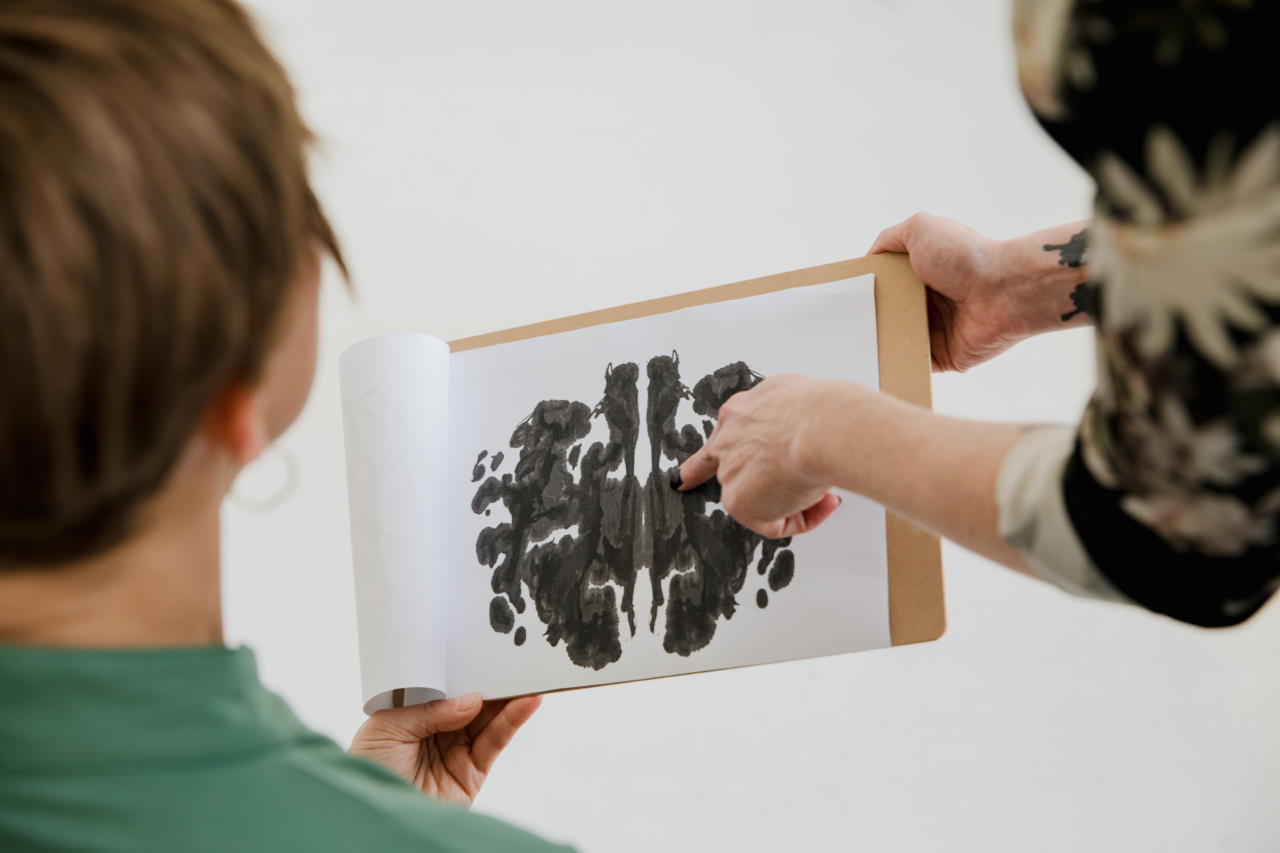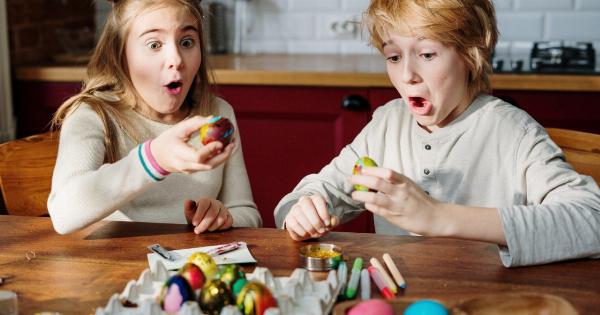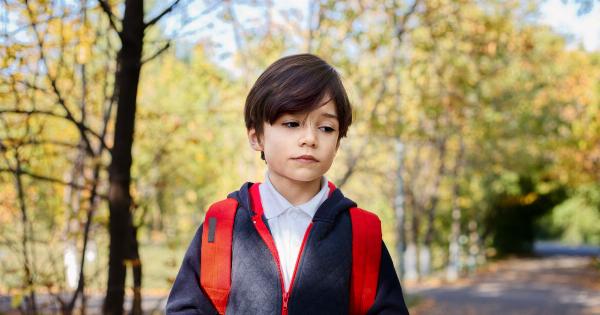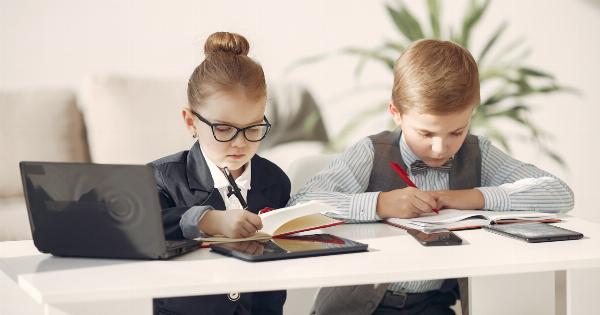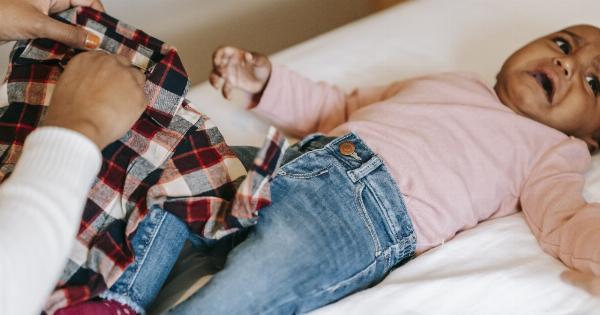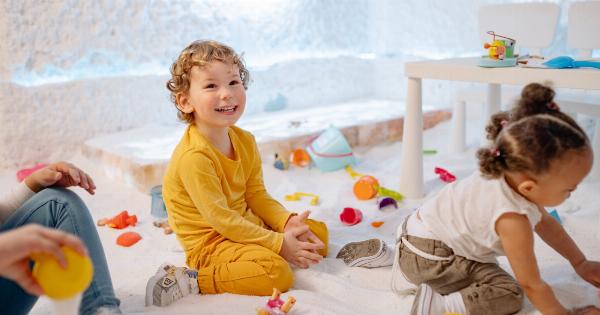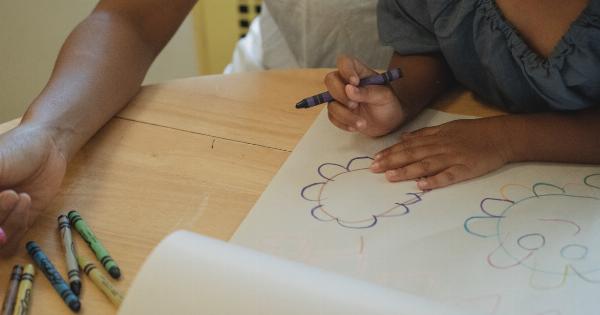It is no secret that the color of a room can have a significant impact on our mood and mental state. This is especially true when it comes to young children, whose developing brains are more susceptible to the influence of their environments.
In this article, we will explore the connection between room color and child psychology, and how choosing the right color can positively affect a child’s growth and development.
The Psychology of Color
Color psychology is the study of how colors affect our emotions and behavior. While the effects of colors can vary from person to person, there are some general associations that many people share.
For example, red is often associated with energy and excitement, while blue is associated with calmness and tranquility.
Colors and Their Effects on Children
When it comes to children, color can play an even more important role in their emotional and physical development. Let’s take a closer look at some of the most common room colors and their effects on children:.
Yellow
Yellow is a bright, cheerful color that is often associated with happiness and optimism. It can be especially effective in rooms where children play, as it can stimulate creativity and imagination.
Green
Green is a calming color that can have a positive effect on a child’s mental and physical health. Research has shown that exposure to green can help reduce stress and anxiety levels, making it an ideal color for bedrooms and playrooms.
Blue
Blue is a soothing color that can promote relaxation and tranquility. In addition, it has been shown to reduce blood pressure and heart rate, making it an especially good choice for children who are prone to hyperactivity or anxiety.
Pink
Pink is often associated with femininity and can have a calming effect on children. It has also been shown to reduce aggression and promote feelings of happiness and contentment.
Purple
Purple is a color that is often associated with creativity and imagination. It can also have a calming effect on children and has been shown to promote problem-solving skills and critical thinking.
Red
Red is a stimulating color that can increase heart rate and blood pressure. While it can be effective in small doses, too much exposure to red can cause agitation and restlessness. As a result, it is generally not recommended for children’s rooms.
Orange
Orange is a warm, cheerful color that can stimulate creativity and excitement. However, like red, it can also be overstimulating in large doses and should be used carefully in children’s rooms.
Conclusion
Choosing the right room color for your child’s environment can have a significant impact on their growth and development.
By understanding the psychology of color and its effects on children, parents can create spaces that promote creativity, relaxation, and overall well-being.
